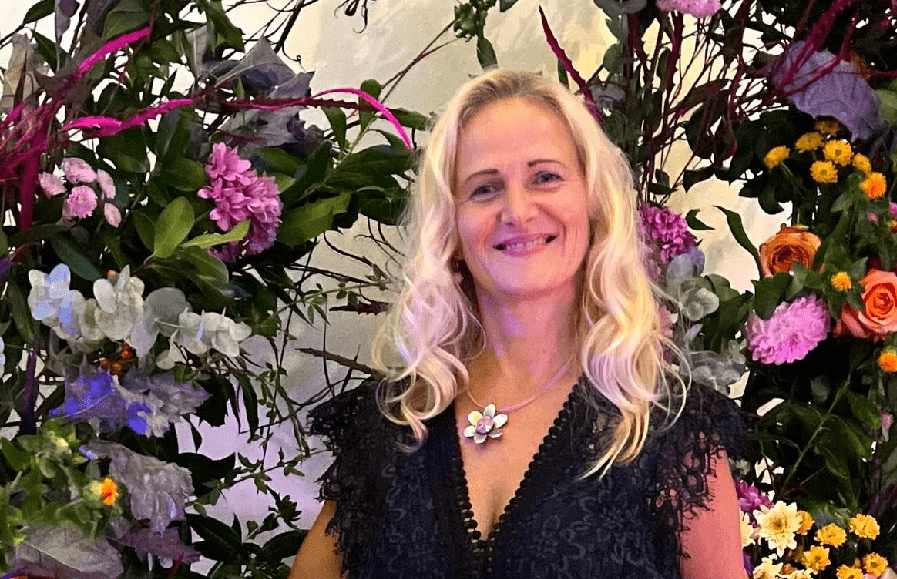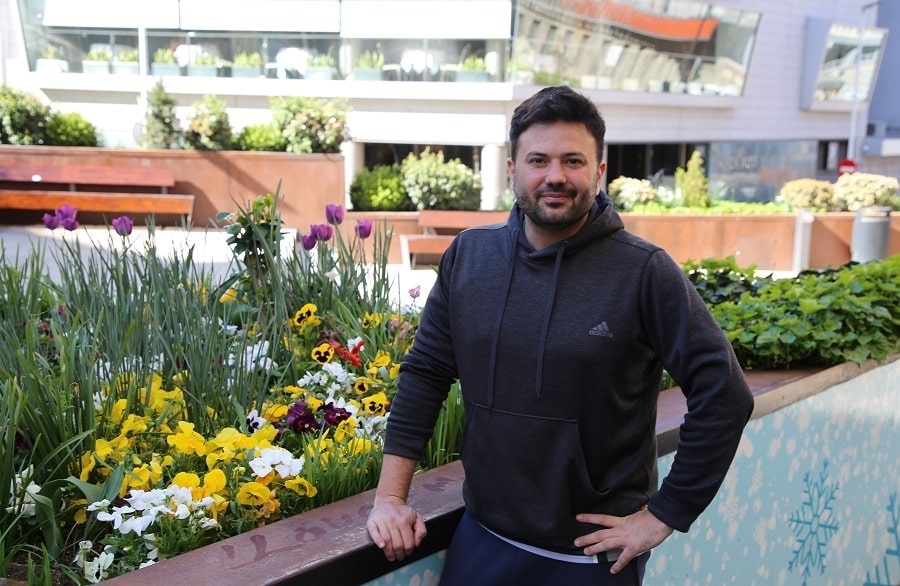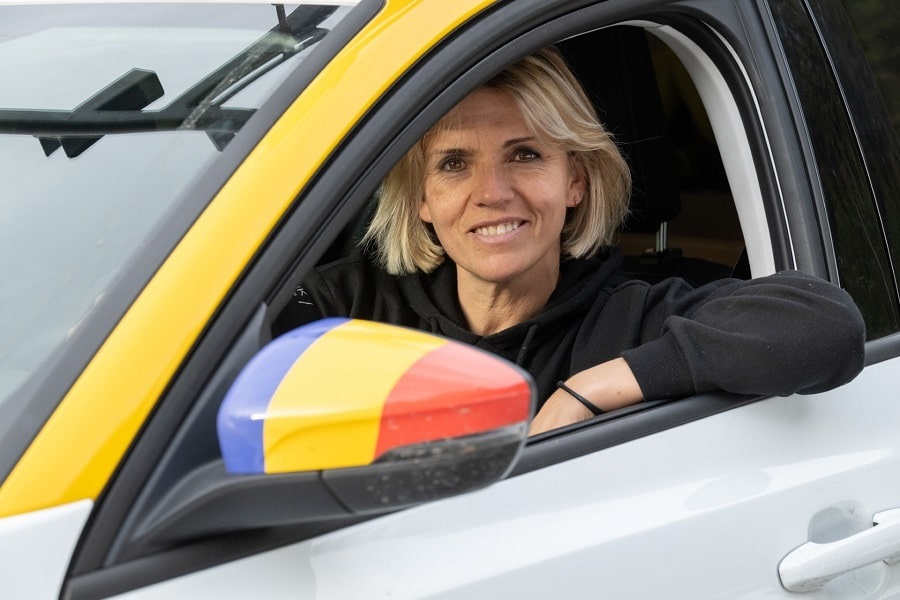 Currently, survivalism and bushcraft are international terms that are becoming more and more popular among tourists. Do you want to be face-to-face with Pyrenean nature with a professional who will teach you how to build shelters, start a fire with a stone and cook plants and insects? Cédric Hoareau, mountain guide, country guide & storyteller (www.transpyr66.com), invites you.
Currently, survivalism and bushcraft are international terms that are becoming more and more popular among tourists. Do you want to be face-to-face with Pyrenean nature with a professional who will teach you how to build shelters, start a fire with a stone and cook plants and insects? Cédric Hoareau, mountain guide, country guide & storyteller (www.transpyr66.com), invites you.
Text: Irina Rybalchenko for El Periòdic News
“I must know about 20 or 25 stories from the Catalan Country. All my legends are from the Catalan or Ariège Pyrenees. These are mostly real country legends, transmitted orally, or collected from the country’s people, often the elders. You can find some of them in the libraries. These stories deal with the mountains… They speak of shepherds, herds, lakes, rivers, bridges, animals, stones, trees, flowers, men and women… but also fairies, witches, the devil…
Today, survivalism and bushcraft are becoming more and more popular. It’s a good thing—this return to nature. It calms people under stress all year round but sometimes makes them wake up. This allows us, the guides, to share our knowledge of the mountains with tourists from the city and educate them to protect the natural environment. Today, we must live together and respect the rules of the mountains so that all hikers, fishermen, hunters, mountain bikers and climbers can enjoy nature without destroying the environment.
In spring, we can start wildlife observation and photo hikes. We start morning pickings of morels and deer antlers at the beginning of April. From May to the beginning of July, I organise botanical hikes and explain how to use wildflowers. I also propose the “Forest baths and well-being” walks this year.
Generally, we do several days’ treks in Catalan Country from the mountains to the sea from April to September.
In summer, from May to September, during the last 15 years, I organise a survival course, “Two Days Facing Wild Nature.” I organise this activities in the Dorres and Angoustrine (France) areas for all types of public. The survival weekend lasts a day and a half. It takes place according to a succession of events, where several teams “compete” in joy and good humour:
Test 1: orientation. Each team equipped with a walkie-talkie, a compass and a map has to find the bivouac site. Test 2: construction of shelters. A bundle of hazel poles, string and a survival knife to make a shelter for the night in record time! Test 3: find drinking water. Water, essential for survival in the wilderness, is hidden in the forest. The course is varied (rocks, trees, ravine…) and strewn with pitfalls…
Test 4: hunt for insects, mushrooms and edible flowers to complete the evening meal. Test 5: stretcher and evacuation. Each team must make a stretcher with the means at hand to evacuate a “wounded” from the bivouac to the river (timed!). Test 6: using a flint stone, you must light a fire. Test 7: basic GPS to locate and find aperitif drinks (beers and sodas). Test 8: each participant can try their hand at the pole balance test!
After the tests, the points are calculated per team. Then you can take a hot (solar :-)) shower. In the evening, we cook trapper meals by the fireside with wild plants, mushrooms and insects…
On the second day, I offer you Test 9: making a Polynesian arrow and throwing test with a thruster. I also teach you how to make vegetable strings and bracelets. Around 12 noon, we finish the activity and bathe in the natural hot springs of Dorres (41°C).
However, two other bushcraft courses of 2 and 3 days are aimed at an experienced public searching for autonomy in the mountains.
In winter, I organise the outings with overnight stays in an igloo. Do you know how to prepare for such walks? It would be best if you practised in the freezer (laughing). Honestly, you only need to be in good physical condition, without any muscle, joint or heart problems and be able to carry a 12 to 13-kg backpack. The adventure lasts 1 day and a half and 1 night. The Camporells sector, under the Pics Pérics, offers us snowdrifts of more than 4m! Departing from the Formiguères station, we must climb over 360m to reach the Serre de Mauri and the Camporells refuge at 2240m, which will welcome us for the evening meal and breakfast.
Sometimes people ask me which trends in ecotourism are developing more actively today? I think it’s responsible ecotourism, on foot, mountain biking, canyoning, and horseback, with a return to nature and more organic life, harvesting edible plants according to the season…
People want to avoid the crowds and enjoy the moment, sometimes trying to outdo themselves in an effort, but always contemplating, face to face with the immensity of our beautiful Pyrenees.
The post covid has given impetus to many people. Today, people are more sensitive to the climate, the environment, their waste, the way they eat, and their carbon footprint… In addition, the French government and many private companies, via new technologies (smartphones and step-counting applications), encourage people to move and walk by counting the number of steps taken during the day.
The alchemy between the sale of equipment, lifestyle and food, sport accessible to everyone (walking) and the notion of eco-responsibility seems to work, and ecotourism is only doing better for it”.










